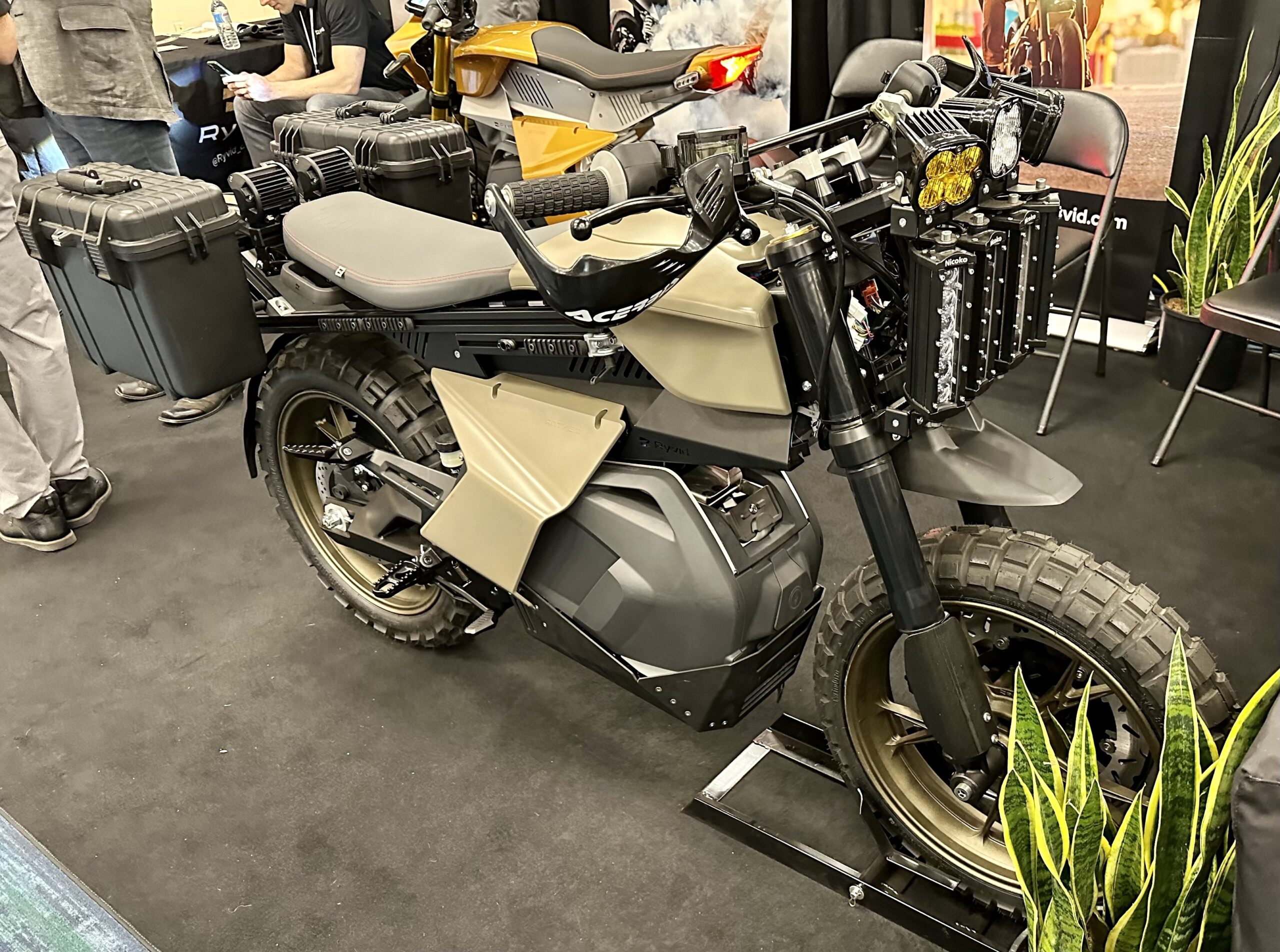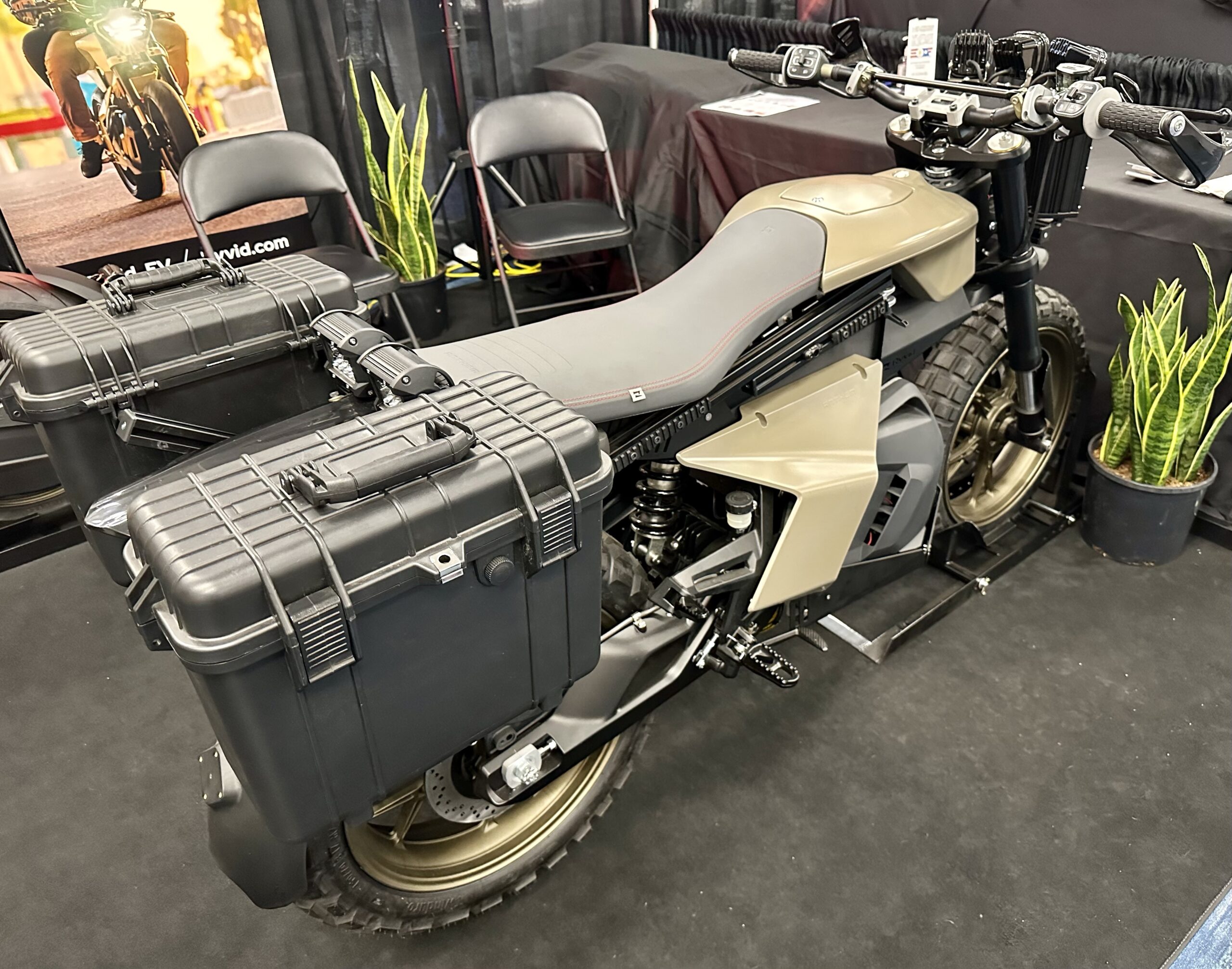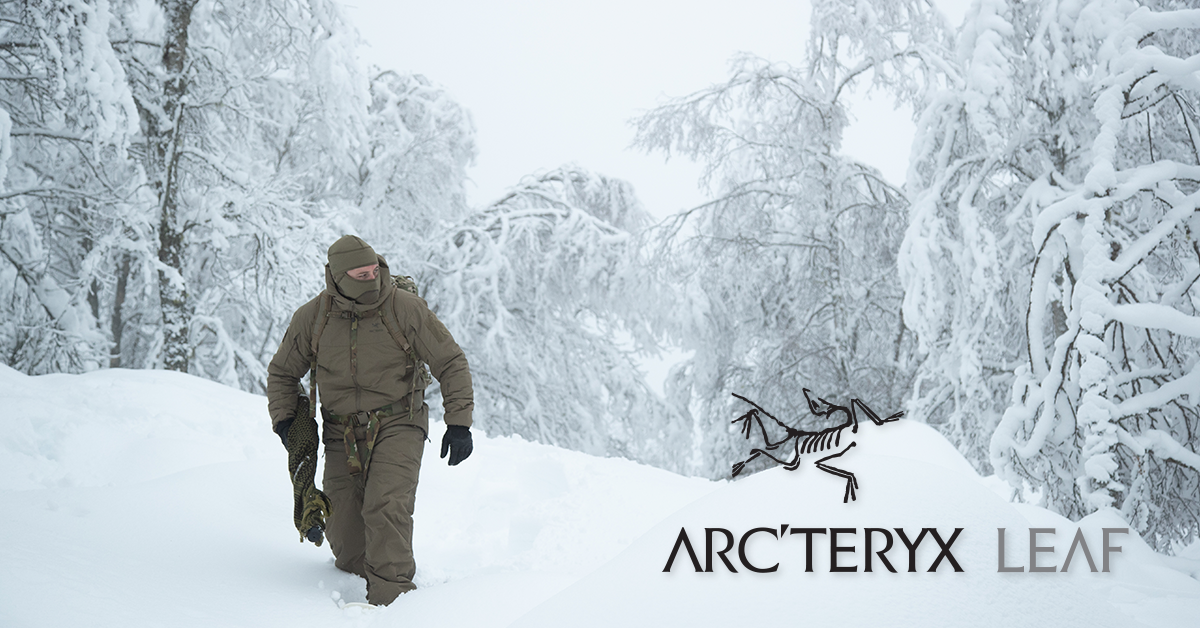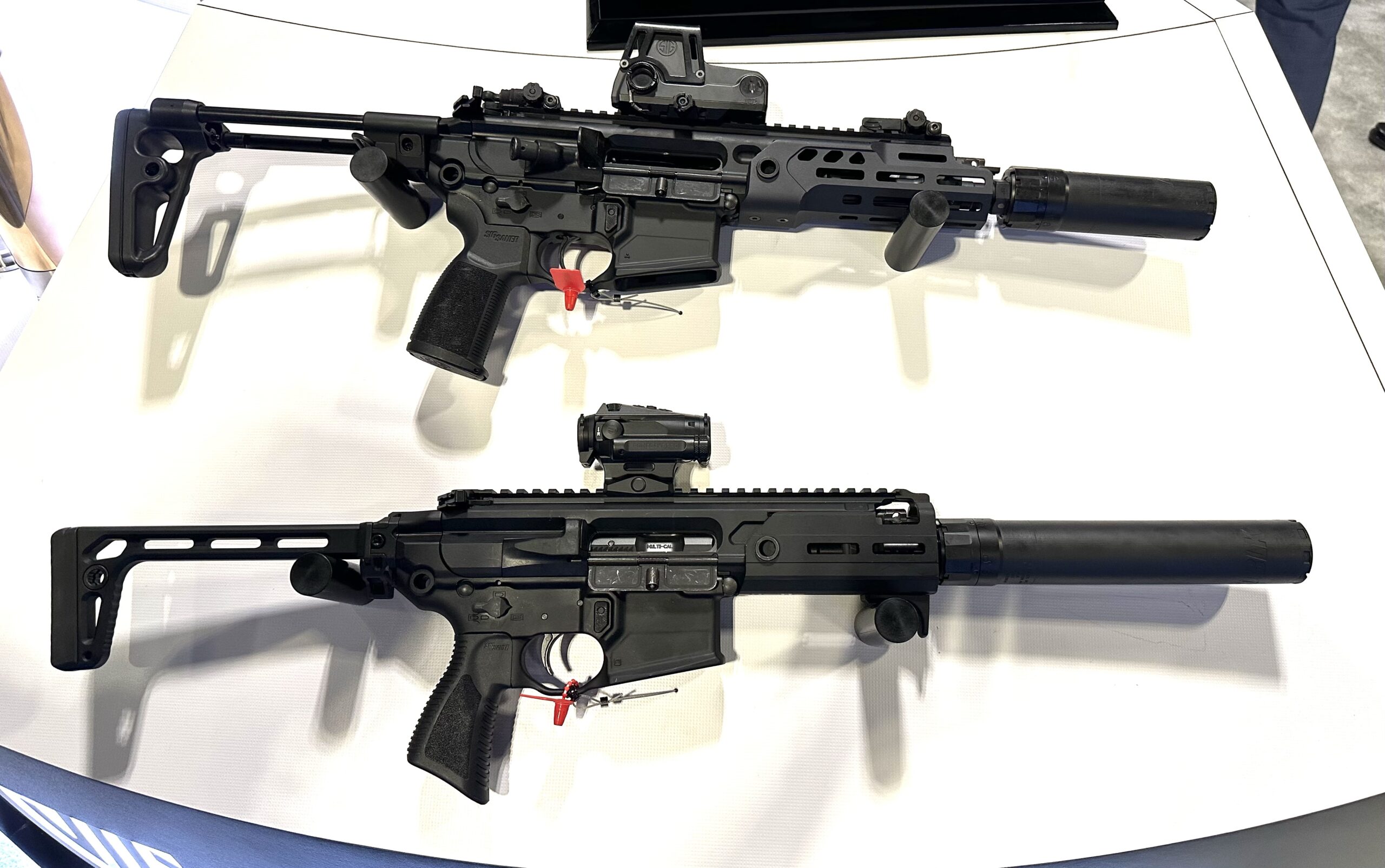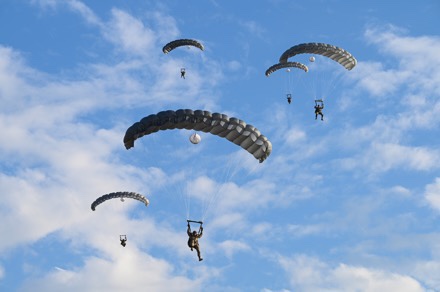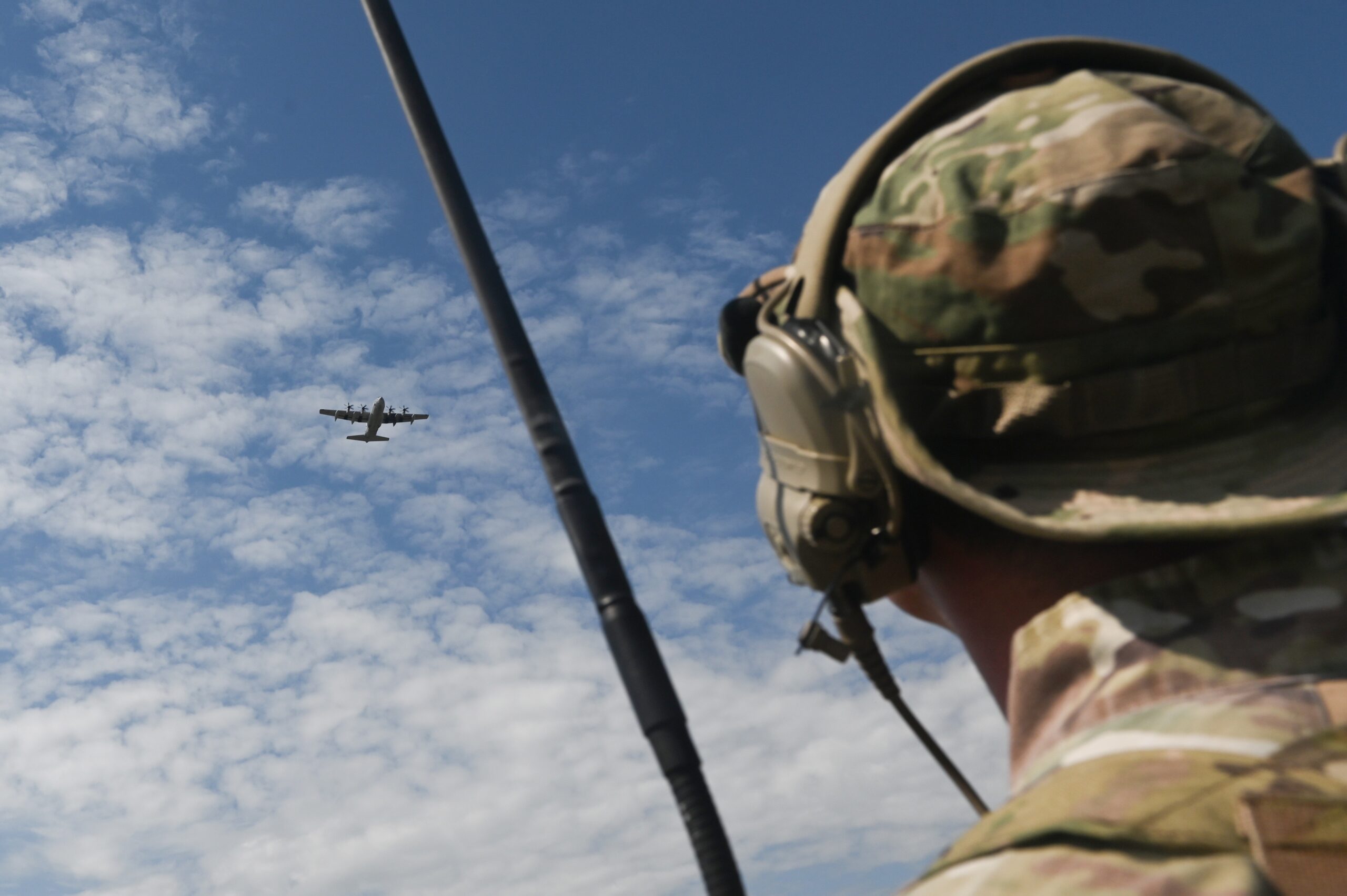HURLBURT FIELD, Fla. —
Air Force Special Operations Command concluded the 16th annual Emerald Warrior exercise which provides realistic and relevant, high-end pre-deployment training encompassing multiple joint operating areas to ensure preparedness of Special Operations Forces, conventional force enablers, partner forces and interagency elements.
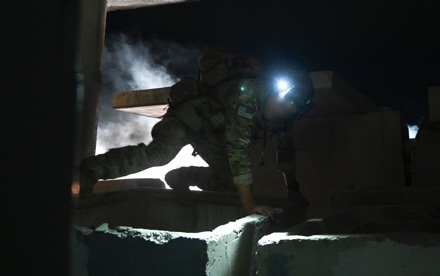
This annual exercise allows AFSOF to integrate with and execute full spectrum Special Operations in a complex and evolving security environment using all aspects of live, virtual, and constructive training assets – spanning multiple geographic locations. This year locations included Hurlburt Field, Homestead Air Force Base and Puerto Rico.
The EW 23 planning team applied lessons learned from last iteration and real-world operations to train and ready AFSOF with sister service and partner forces, while keeping focus on security priorities laid out in the 2022 National Defense Strategy, specifically, pacing strategic competitors.
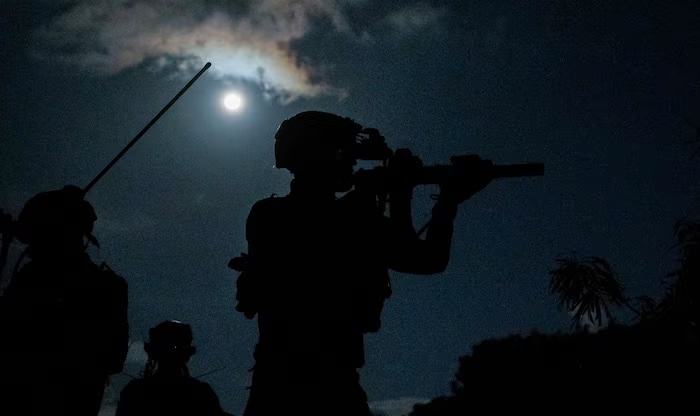
“In this year’s iteration of Emerald Warrior, we continued to improve on AFSOC’s new approach to mission command of Air Force Special Operations Forces through the continued employment of the Special Operations Task Group (SOTG) and Special Operations Task Units (SOTU),” said U.S. Air Force Lt. Col. David Allen, Emerald Warrior exercise director. “The geo-separation of leadership created within the EW exercise scenario, allowed for real-time, on-the-ground decision making from the SOTG and SOTU commanders.”
Not only was the objective for EW 23 to hone the processes for mission command of SOTG’s and SOTU’s with geo-separated AFSOF, but also, to incorporate agile combat employment movements through austere, more complex environments.
“Honing AFSOC’s rapid ACE capability was a priority set for Emerald Warrior this iteration and the last as we continue to develop this concept through our mission sustainment teams or MSTs,” said Allen. “Being able to bring AFSOF and our partner force allies to the island of Puerto Rico allowed us to really get to exercise this rising capability in environments that we don’t typically get to in the states, and for that we are very appreciative of the government and people of Puerto Rico.”
MSTs established forward operating bases for a SOTG HQ and SOTUs to operate out of, providing initial site security, receiving cargo and personnel and setting up shelter.

In addition to exercising employable command and control structure, EW continued to exercise the incorporation of non-kinetic effects (NKE) and capabilities. This year’s iteration brought a more robust NKE fusion cell than previous exercises, incorporating information related capabilities such as information operations, intelligence, intelligence support to IO and public affairs.
“Synchronizing Information Related Capabilities (IRCs) across intelligence, information operations, cyber, space, and public affairs subject matter experts allowed us to further educate our SOTG and SOTU commanders on the capabilities they can provide when down range,” said Maj Jessica Vogle, Emerald Warrior J2 and Non-Kinetic Fusion Cell lead. “Whether it be the utilization of cyber effects to create complex dilemmas for our adversaries, space capabilities to get a site picture of the operation area or using IO and PA to get strategic messaging out, fusion cells create operational effects in the information environment and strategic advantage for AFSOF, our allies and partners through unique access and placement.”
A key part of Emerald Warrior is having partners and allies training alongside US forces. This year France, Germany and Lithuania participated in the three-week exercise.
“Interoperability with partner forces is always a priority mission set here at Emerald Warrior,” said Allen. “Training together makes all of us stronger, so we are appreciative that France, Germany and Lithuania were able to participate this year and are looking forward to having them back again in the future.”
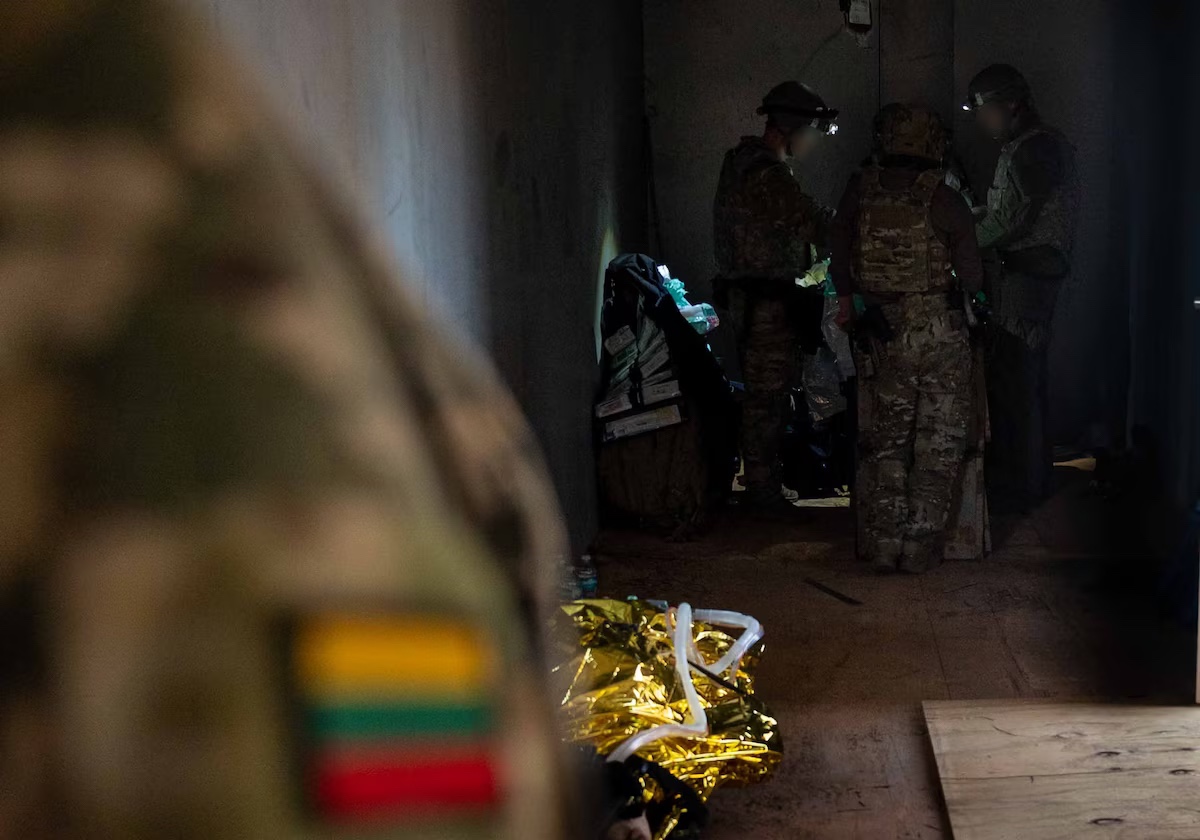
Story by Capt Jantzen Floate, Air Force Special Operations Command Public Affairs
Photos by SSgt Joshua De Guzman and SrA Stephen Pulter


